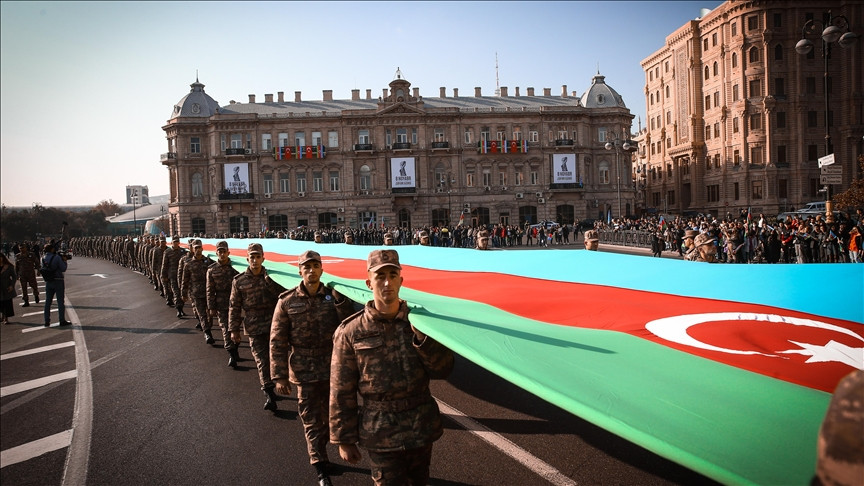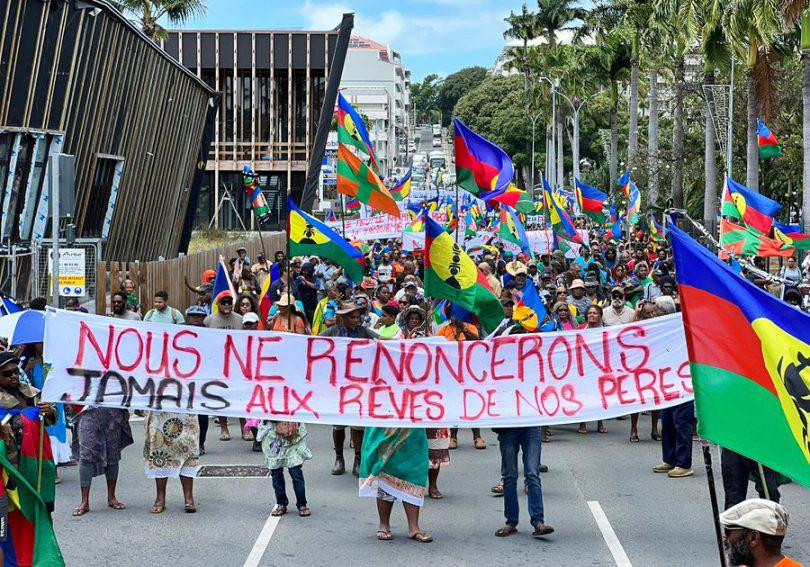This year, NATO marked its 70 anniversary. NATO is the most powerful political-military bloc that survived after the end of the Cold War, while its rival, the Warsaw Pact, was created in 1955 and ceased to exist in 1991. The bipolar world of the previous historical period had a third “bloc”, the Non-Aligned Movement (NAM), which was comprised of countries with politically right and left ideologies but who ultimately decided to formally abstain from legally binding military alliances.
The collapse of the Soviet Union seemed to make political-military blocs irrelevant, including those that opposed allegiance to them, such as the Non-Aligned Movement. However, this perception was momentary. Today, the world is more fragmented than ever, and alliances are more relevant, as is the idea of non-alignment.
The recent discussion concerning the NAM has evolved around the chairmanship of the Movement by Venezuela, a country with more domestic political issues than international relations problems. The NAM has broader and deeper meanings than one can realise today at face value.
The Movement of Non-Aligned Countries was created within the context of Cold War competition between NATO and the Warsaw Pact and the growing independence of former colonies from 1955–1961. The leaders of India, Indonesia, Egypt, Syria and Yugoslavia convened the first NAM summit in 1961. The contemporary leaders of the movement—Indian prime minister Jawaharlal Nehru, Yugoslav president Broz Tito, Egyptian president Gamal Abdel Nasser and others—had a common denominator: they preferred a socialist model and were anti-imperialist in nature. While most of the leaders were also anti-American, the presence of Yugoslav leader Broz Tito made the movement less ideological—Yugoslavia at that time had a distinct position characterised by suspicion towards the USSR. Despite the countries having close, friendly relations with either the Unite States or the Soviet Union and having political tension amongst themselves, the Movement managed to maintain the culture of non-bloc development. The Non-Aligned countries rejected the idea of allegiance to superpowers to preserve their independent status.
Today, several core principles of the NAM remain relevant and are even more acute despite the movement’s significant transformation since its inception in the 1950s during the Cold War and decolonisation. The NAM advocates multilateralism—a concept that had the potential to provide more favourable international conditions for small states to survive and profit in the unsafe international environment that persisted following the end of the Cold War. The world did not become a safer place after the dissolution of the USSR. Both the bipolar Cold War and the unilateral world led by the United States were characterised by numerous territorial, ethnic and religious conflicts, some of which were, and are, proxy wars supported by global powers.
The NAM stands for multilateralism rooted in decisions based on consensus, which is another core principle of the Movement, thus rebuffing coercion. Furthermore, the NAM prioritises the principles of territorial integrity and sovereignty, which in the case of some member states have been threatened by bellicose regional powers, irredentism or separatism.
Overall, the NAM reinforces the ideas and principles of the United Nations—the organisation that has both succeeded and failed on many occasions to maintain international peace. The failure of the United Nations emanates from the lack of collective coercive mechanisms and from the unilateral use of force, and the NAM advocates the former and opposes the latter.
The NAM countries, overwhelmingly from the Third World, have promoted the economic agenda of developing nations with an alternative view to the Western-led system. Some of them, such as India, have achieved notable success in economic development.
Critics argue that several NAM countries are the most frequent violators of human rights and international security, and the United States considers some of these countries as ‘rogue states’. Yet, this perception is also part of bloc culture.
The situation in the Middle East, where countries like Saudi Arabia and Iran compete for their perceived national interests or where a rivalry exists between nuclear powers India and Pakistan, makes the NAM’s common agenda for peace difficult to achieve, particularly in the context of the recent move by New Delhi to lift the autonomous status for Kashmir. Perhaps the regional rivalries caused by the interference of global powers will revitalise the NAM tenets designed to eliminate the superpowers’ antagonism.
As Shashi Tharoor points out, ‘the NAM embodies many developing countries’ desire to uphold their own strategic autonomy in world affairs’. That remains quite relevant today.
This October, Azerbaijan, a novice in the organisation, will host the NAM summit. Azerbaijan is positioned in the South Caucasus, neighbouring Armenia, a member of the Russia-led CSTO military bloc, and Georgia, which aspires to join NATO. Azerbaijan being located in this volatile region next to the Middle East might provide NAM the opportunity to hold side meetings between rivals in South East Asia or the Gulf. What is clear is that the NAM must be utilised to reduce the current tension, which was partly caused by the competition between global powers.








